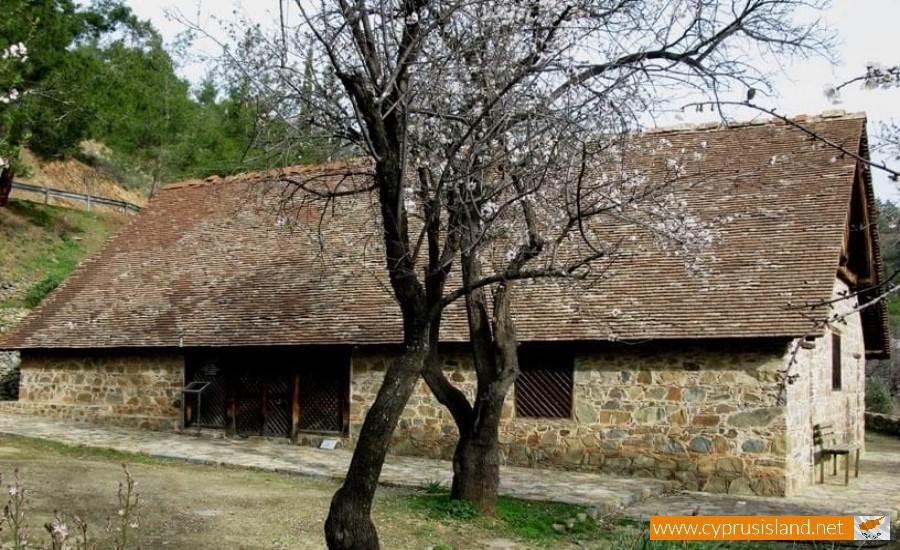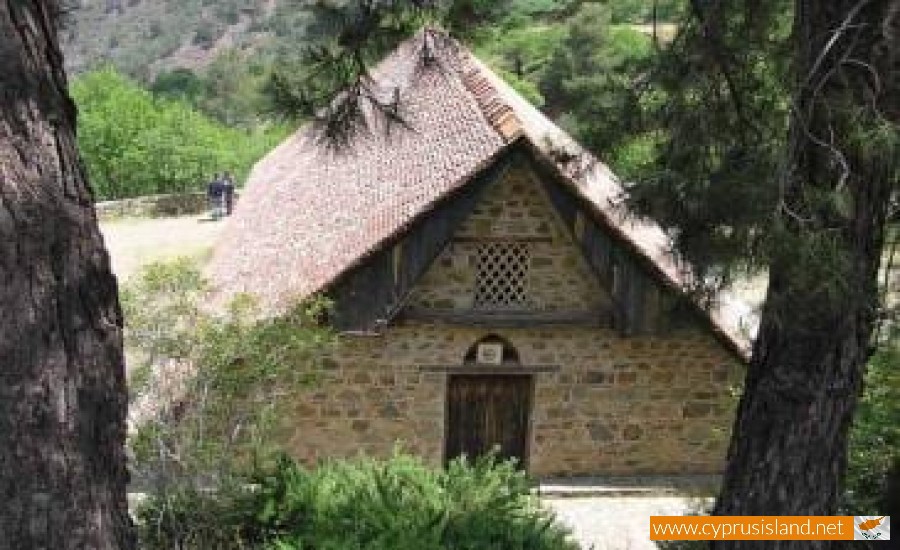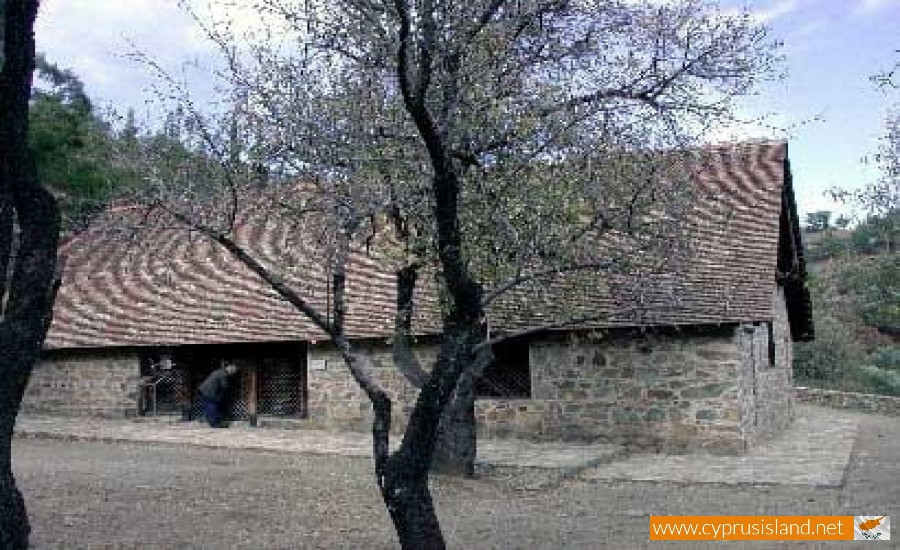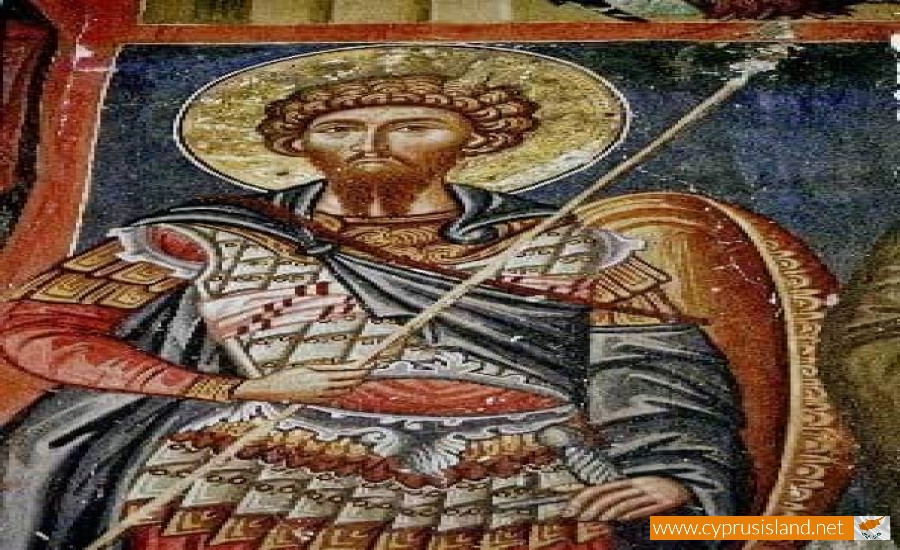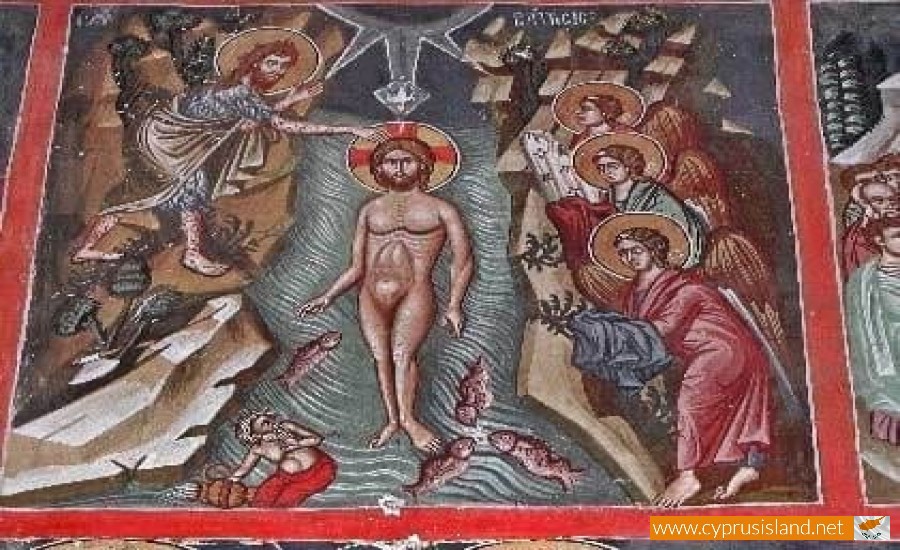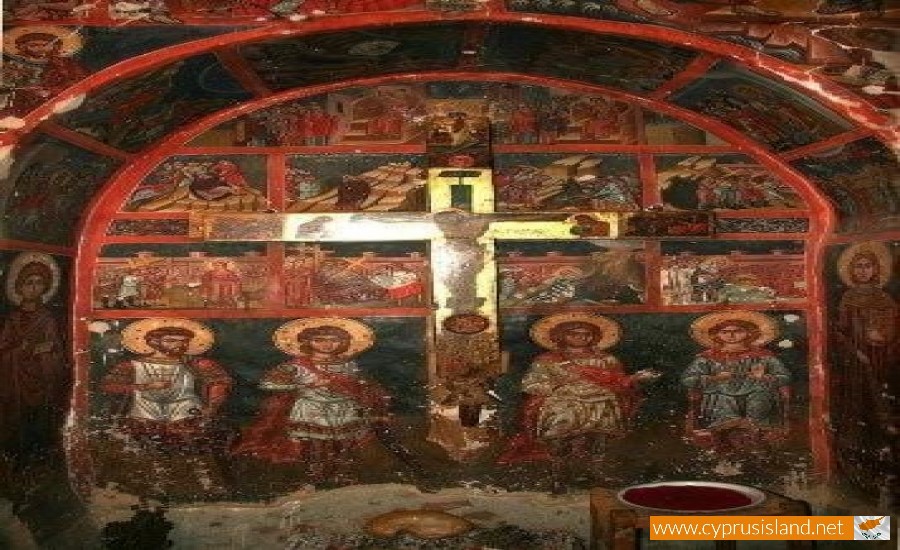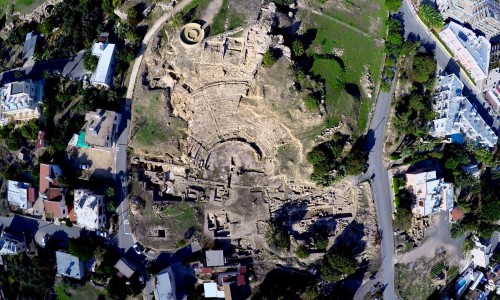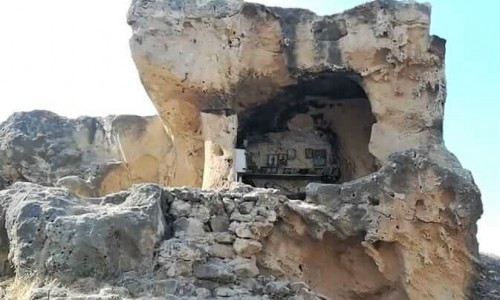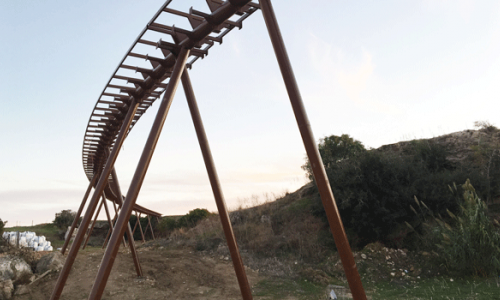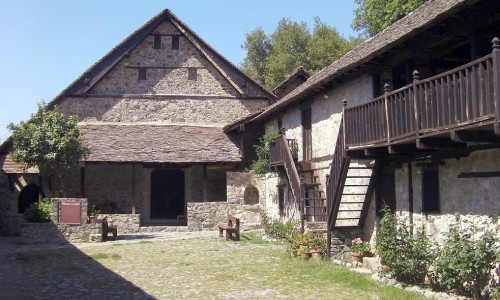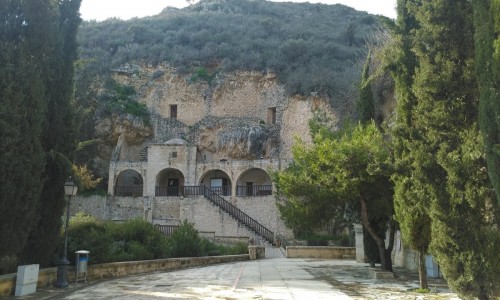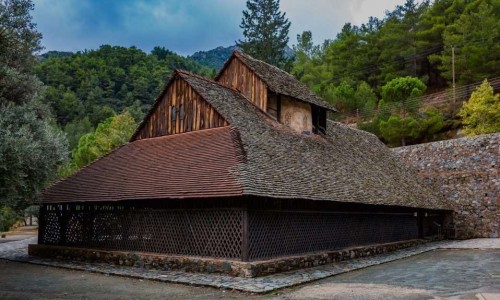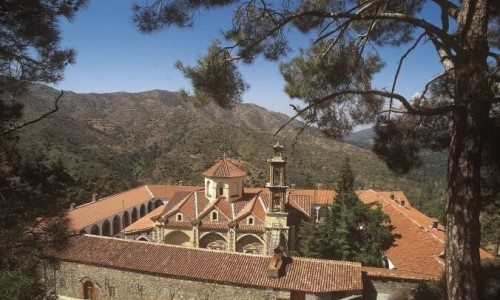Stavros tou Agiasmati Monastery
Hidden deep within the Troodos Mountains, amidst dense pine forests and winding country roads, lies one of Cyprus’s most remarkable religious landmarks: the Stavros tou Agiasmati Monastery. Though modest in scale, this 15th-century monastic church is an extraordinary window into the religious life, art, and architecture of medieval Cyprus. Revered for its stunning frescoes and tranquil surroundings, the monastery stands as a beacon of the island’s Orthodox Christian heritage and Byzantine legacy.
The name "Stavros tou Agiasmati" translates to “Holy Cross of Agiasmati”, with “Agiasmati” believed to derive from the Greek word hagiasma, meaning holy water or sacred spring. This connection hints at the spiritual significance of water in the region and suggests the monastery may have been built near a holy spring, a common feature in Orthodox sacred sites.
While often referred to as a “monastery,” Stavros tou Agiasmati was primarily a monastic church, likely serving a small monastic community or functioning as a katholikon—the main church of a now-lost monastic complex. Over time, the original monastic structures disappeared, but the church survived and continued to serve as a place of worship and pilgrimage.
Built around 1494, during the waning years of Byzantine influence and under Venetian rule, the monastery reflects a period of cultural synthesis in Cyprus. This era saw the blending of Eastern Orthodox traditions with influences from the Latin West, especially in art and church patronage.
Despite the turbulent political climate of the time—marked by shifting powers between Byzantines, Lusignans, and Venetians—this period witnessed a remarkable blossoming of religious art. Stavros tou Agiasmati is a prime example of this cultural richness.
It’s believed that the church was built with the support of a wealthy local patron, possibly a noble or landowner who commissioned its construction and decoration as an act of devotion and legacy.
At first glance, Stavros tou Agiasmati appears modest. It is a single-aisled church with a steep-pitched timber roof, covered in flat ceramic tiles—a style typical of rural Cypriot churches adapted to the mountainous climate.
The wooden narthex (antechamber) was likely added later, integrating seamlessly into the structure. Built with local stone and timber, the church’s architectural simplicity belies the artistic treasures found within.
This kind of architecture is significant not just for its regional character but also for its ability to preserve the delicate wall paintings inside. The sloping roof and thick walls create a microclimate that has helped protect the interior from the ravages of time and weather.
The true marvel of Stavros tou Agiasmati lies in its interior frescoes, considered among the finest examples of Late Byzantine religious art on the island. These were painted shortly after the church’s construction by a monk named Filaretos, whose signature survives on the wall—a rare and valuable detail that provides insight into the lives of artists in the period.
The frescoes cover almost every surface inside the church, transforming the small space into a vivid tapestry of biblical scenes and saintly portraits. Key themes include:
The Life of Christ, including the Nativity, Baptism, Crucifixion, and Resurrection.
A powerful Last Judgment scene on the western wall, filled with emotional intensity and symbolic detail.
Images of the Virgin Mary, Archangels, prophets, and Cypriot saints, reflecting both universal and local dimensions of faith.
These paintings demonstrate a fusion of Palaiologan Byzantine style—known for its emotional depth and rich colors—with elements influenced by Western Gothic traditions, a result of Cyprus’s position at the crossroads of East and West.
Stavros tou Agiasmati served not only as a place of prayer and monastic life but also as a spiritual sanctuary for the wider community. Its remote location made it a pilgrimage destination, especially during religious feasts such as the Exaltation of the Holy Cross, celebrated in September.
The name’s reference to a “holy cross” suggests the church may have housed a relic or was associated with a miracle, heightening its status as a site of sacred power and healing.
Even today, villagers from the surrounding areas, including Platanistasa, honor the church’s feast days, keeping alive the traditions that have been practiced there for over 500 years.
In 1985, Stavros tou Agiasmati was included in the UNESCO World Heritage List, as one of the ten Painted Churches in the Troodos Region. This recognition not only ensures international protection and funding for its preservation, but also brings deserved global attention to this mountain sanctuary.
UNESCO praised the church for its exceptional artistic value, noting that the frescoes represent a “living document of medieval spirituality.” Preservation efforts have focused on maintaining the structural integrity of the church and stabilizing the fragile wall paintings.
For those looking to experience a quieter, more contemplative side of Cyprus, a visit to Stavros tou Agiasmati is a must. Located about an hour’s drive from Nicosia, the church is accessible by car followed by a short walk through forested paths.
While the church is usually locked, visitors can arrange access through the Department of Antiquities or the local community council in Platanistasa. Guided tours provide valuable context, especially regarding the iconography and historical background of the frescoes.
Standing inside the dimly lit church, surrounded by centuries-old paintings, one can’t help but feel transported—enveloped by the beauty, faith, and craftsmanship of those who once prayed and painted within these walls.
Though small in stature, Stavros tou Agiasmati Monastery embodies the spiritual richness and artistic brilliance of medieval Cyprus. It is a place where Byzantine devotion, cultural fusion, and natural tranquility converge. For historians, art lovers, pilgrims, and curious travelers alike, it offers a rare and unforgettable journey into the sacred soul of the island.


